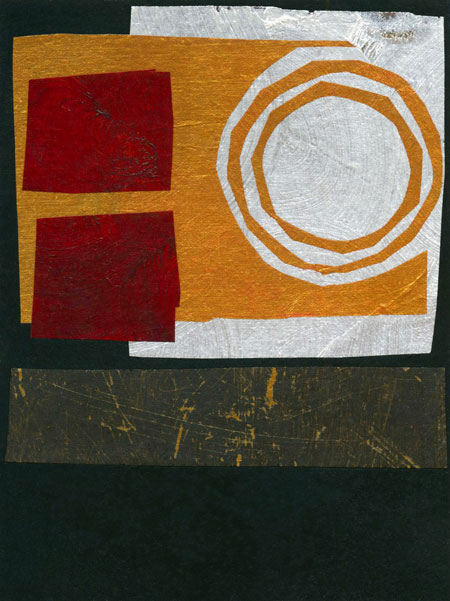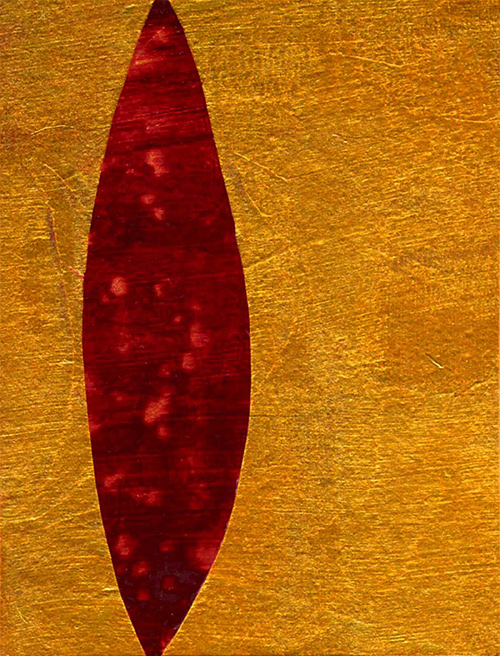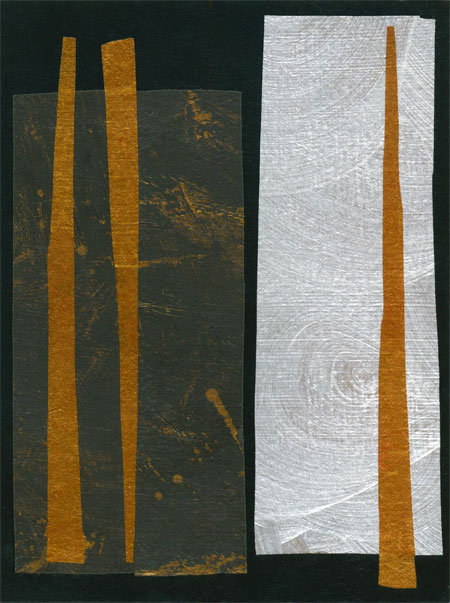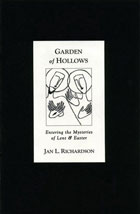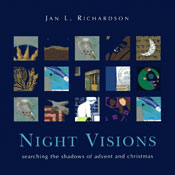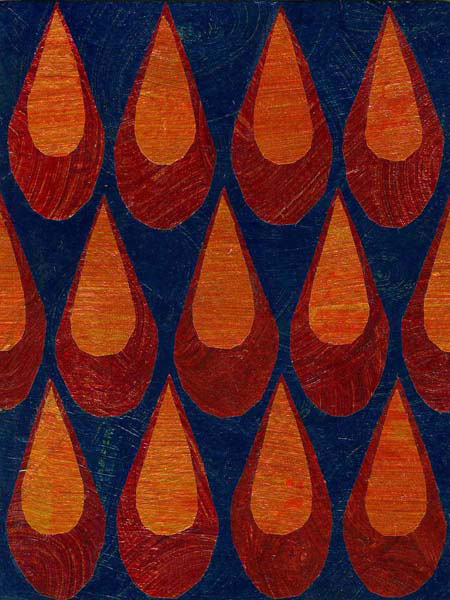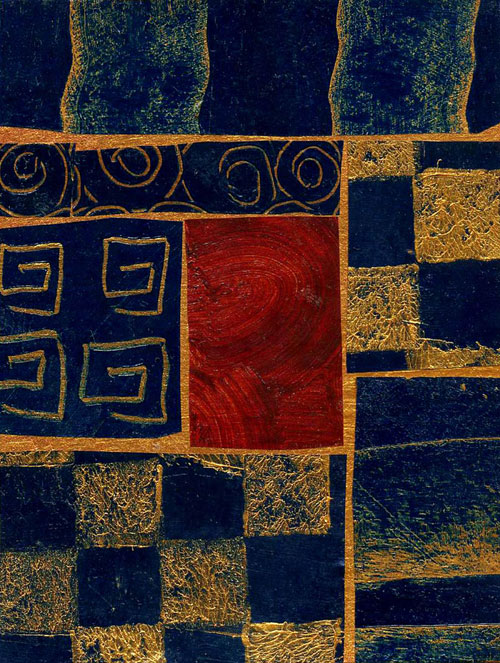 Image: Blessing of the Gate © Jan Richardson
Image: Blessing of the Gate © Jan Richardson
Reading from the Gospels, Easter 4, Year A (May 15): John 10.1-10
Once again, for the fourth time in this Easter season, the lectionary turns toward the theme of knowing. Beginning with Easter Sunday, the gospel readings have beckoned us to pay attention to where we pay attention, to how we turn ourselves toward the Christ who comes to us. To the women at the empty tomb, to Thomas in the locked room, to the two at the Emmaus table, Jesus shows himself, inviting others to see and recognize him, even to place their hand within his very flesh so that they may know and trust who he is.
And here again this week the gospel lection impresses upon us how keen Jesus is for us to know him, to follow after the One who first knows us. Knows us by our own name, Jesus tells us in this Sunday’s text from John’s Gospel.
Jesus recognizes, of course, the import of knowing another’s name. Throughout the scriptures as well as in mythology and folklore, we see how knowing someone’s name often means having a kind of power; one’s name holds something of a key to one’s nature. Yet with Christ, this knowing is always steeped in grace, not control. “He calls his own sheep by name and leads them out,” Jesus says in this passage where he describes himself as the good shepherd. The gate of Christ swings toward freedom, not captivity. The shepherd does not assume a role of domination, of power-over that constrains and confines; he is one who pours his power out on our behalf, that we may enter into the places where we can flourish. “…that they may have life, and have it abundantly,” Jesus says.
As the Easter season continues to unfold, this theme of knowing will persist. As we travel through these days of resurrection, how will you open yourself to the Christ who desires to know you and to be known by you? How well do you want to be known? Are there any corners of your heart that you resist being known? Might those very spaces become a place of prayer, a doorway, a gate that opens into freedom?
Blessing of the Gate
Press your hand
to this blessing,
here along
the side
where you can feel
its seam.
Follow the seam
and you will find
the hinges
on which
this blessing turns.
Feel how
your fingers
catch on them—
top,
bottom,
the slightest pressure
sending the gate
gliding open
in a glad welcome.
Wait, did I say
press your hand
to this blessing?
What I meant was
press your hand
to your heart.
Rest it over that
place in your chest
that has grown
closed and tight,
where the rust,
with its talent
for making decay
look artful,
has bitten into
what you once
held dear.
Breathe deep.
Press on the knot
and feel how it
begins to give way,
turning upon
the hinge
of your heart.
Notice how it
opens wide
and wider still
as you exhale,
spilling you out
into a realm
where you never dreamed
to go
but cannot now imagine
living this life
without.
— Jan Richardson
Update: This blessing appears in Jan’s latest book, The Cure for Sorrow: A Book of Blessings for Times of Grief.
P.S. For a previous reflection on this passage, click the image or title below:
Easter 4: In Which We Do Some Sheep Wrestling
Using Jan’s artwork
To use the “Blessing of the Gate” image, please visit this page at janrichardsonimages.com. (This is also available as an art print. After clicking over to the image’s page on the Jan Richardson Images site, just scroll down to the “Purchase as an Art Print” section.) Your use of janrichardsonimages.com helps make the ministry of The Painted Prayerbook possible. Thank you!
Using Jan’s words
For worship services and related settings, you are welcome to use Jan’s blessings or other words from this blog without requesting permission. All that’s needed is to acknowledge the source. Please include this info in a credit line: “© Jan Richardson. janrichardson.com.” For other uses, visit Copyright Permissions.

